The 18th century in France was marked by opulence and grandeur, and this was evident in the country's interior design. One of the most popular styles during this time was the French Rococo style, which was characterized by its luxurious and ornate details. This style was heavily influenced by the artistic movement of Rococo, which emphasized asymmetrical designs, delicate curves, and intricate details. The French Rococo style was often seen in the living rooms of the wealthy, where every piece of furniture and decor was carefully chosen to create an elegant and lavish space. From chandeliers dripping with crystals to richly upholstered furniture, the French Rococo style exuded wealth and sophistication.French Rococo Style
In contrast to the extravagance of the French Rococo style, the French Provincial design was more simple and rustic. This style was inspired by the countryside homes of the French provinces, and it focused on creating a cozy and comfortable living space. The French Provincial design often featured natural elements such as wood and stone, and it was characterized by its charming and quaint atmosphere. In the 18th century, this style became popular among the middle class who wanted to emulate the elegance of the French aristocracy without the hefty price tag. French Provincial living rooms were typically decorated with vintage and distressed furniture, soft floral patterns, and warm color palettes.French Provincial Design
The Baroque style originated in Italy in the 17th century but quickly spread to France and became a dominant influence in the 18th century. This style was characterized by its dramatic and elaborate designs, with a focus on symmetry and grandeur. Baroque furniture was often made of dark wood, intricately carved, and adorned with ornate details such as gold leaf and marble. In French living rooms, Baroque furniture was used to add a touch of luxury and extravagance. Pieces such as grandiose beds, ornate chairs, and elaborate cabinets were commonly seen in these spaces. The use of Baroque furniture was a status symbol for the wealthy, and it added a sense of grandeur to their homes.Baroque Furniture
The reign of King Louis XV marked a significant shift in French interior design. During this time, the Louis XV style emerged, which was a departure from the grand and formal styles of the past. This style was characterized by its light and delicate designs, with a focus on comfort and elegance. In living rooms, the Louis XV style was evident in the furniture, which featured curvy lines, floral motifs, and pastel colors. This style also introduced the use of asymmetry in design, which added a touch of whimsy and charm to the space. Louis XV style living rooms were cozy, inviting, and exuded a sense of grace and refinement.Louis XV Style
The fascination with all things exotic in the 18th century led to the rise of Chinoiserie decor in French living rooms. This style was heavily influenced by Chinese and East Asian designs and was characterized by its use of intricate patterns, vibrant colors, and motifs such as dragons, pagodas, and gardens. Chinoiserie decor was used to add a touch of exoticism and fantasy to French living rooms. It was often seen in the form of wallpaper, porcelain vases, and lacquered furniture. This style added a sense of whimsy and playfulness to the space and was popular among the upper class.Chinoiserie Decor
In the 18th century, the use of gold was a sign of wealth and luxury. It was no different for French living rooms, where gilded accents were used to add a touch of opulence and glamour. Gilded mirrors, frames, and furniture were commonly seen in these spaces, adding a touch of shine and elegance. The use of gold in French living rooms was not limited to just accents; it was also seen in the intricate details of furniture and decor. Pieces such as gilded console tables, chandeliers, and candelabras were all used to add a touch of luxury and sophistication to the space.Gilded Accents
Toile fabric was a popular choice for French living room decor in the 18th century. Toile, which means "cloth" in French, refers to a type of fabric with a repeating pattern depicting pastoral scenes, floral motifs, or historical events. This fabric was typically seen in shades of blue, red, or black on a white background. Toile fabric was used for upholstery, drapery, and wallpaper in French living rooms. It added a touch of elegance and charm to the space, and the scenes depicted on the fabric often told a story or had a deeper meaning. Toile fabric was a staple in French living room decor and is still popular today.Toile Fabric
Mirrors played an essential role in French living room decor in the 18th century. They were not only used for their functional purpose but also served as decorative pieces. Ornate mirrors were a popular choice, with intricate frames and gilded details. These mirrors were strategically placed in living rooms to reflect light and create an illusion of more space. They were also used to enhance the grandeur of the room and add a touch of elegance. Large, ornate mirrors were a staple in French living rooms, and they continue to be a popular choice in interior design today.Ornate Mirrors
Soft, pastel colors were the preferred choice for French living room decor in the 18th century. These colors were used to create a light and airy atmosphere, which was a departure from the dark and heavy colors of previous styles. Pastel shades such as baby blue, pale pink, and mint green were commonly seen in French living rooms. The use of pastel colors was not limited to just the walls; they were also seen in the furniture, fabrics, and decor. The color palette added a sense of delicacy and femininity to the space, making it feel more inviting and elegant.Pastel Color Palette
No French living room in the 18th century was complete without antique furnishings. These pieces were seen as a symbol of wealth and sophistication and were highly sought after by the upper class. Antique furnishings were often passed down from generation to generation, making them highly valuable and coveted. In French living rooms, antique furnishings were used to add a touch of history and character to the space. Pieces such as armchairs, coffee tables, and cabinets were often intricately carved and adorned with gilded details. Antique furnishings were a staple in French living rooms and continue to be a popular choice for those looking to create a timeless and elegant space. In conclusion, the 18th century French living room decor was characterized by its opulence, elegance, and grandeur. From the extravagant French Rococo style to the simple and charming French Provincial design, these living rooms were a reflection of the country's rich history and cultural influences. The use of luxurious materials, intricate details, and a soft color palette all contributed to creating a space that exuded sophistication and refinement. Today, the 18th century French living room decor continues to inspire interior designers and homeowners alike, adding a touch of old-world charm and elegance to modern spaces.Antique Furnishings
The Influence of French Design on 18th Century Living Rooms

The French Revolution: A Turning Point in Interior Design
 The 18th century marked a significant era in the history of interior design, particularly in France. This was a time of great change and innovation, not only in politics and society, but also in the world of design and fashion. The French Revolution had a profound impact on all aspects of life, including the way people decorated their homes. The opulent and extravagant styles of the past were replaced with simpler and more functional designs, reflecting the ideals of the new republic.
French Influence on Living Room Decor
The French revolution brought about a new way of living, and this was reflected in the design of living rooms during this period. The concept of the salon, or drawing room, was popularized in France and soon became a staple in European homes. These rooms were designed to be both elegant and functional, serving as a space for social gatherings and entertainment. The French also introduced the idea of symmetry and balance in interior design, which can be seen in the layout and furnishings of 18th century living rooms.
The 18th century marked a significant era in the history of interior design, particularly in France. This was a time of great change and innovation, not only in politics and society, but also in the world of design and fashion. The French Revolution had a profound impact on all aspects of life, including the way people decorated their homes. The opulent and extravagant styles of the past were replaced with simpler and more functional designs, reflecting the ideals of the new republic.
French Influence on Living Room Decor
The French revolution brought about a new way of living, and this was reflected in the design of living rooms during this period. The concept of the salon, or drawing room, was popularized in France and soon became a staple in European homes. These rooms were designed to be both elegant and functional, serving as a space for social gatherings and entertainment. The French also introduced the idea of symmetry and balance in interior design, which can be seen in the layout and furnishings of 18th century living rooms.
The Colors and Patterns of French Living Room Decor
:max_bytes(150000):strip_icc()/deluxe.confidential_120394847_1678792435612486_6127799539660317211_n-db4165b680c24386bdbf0bd0a0b4b666.jpg) One of the defining features of French living room decor in the 18th century was the use of bold and vibrant colors. These were often inspired by nature, with shades of green, blue, and yellow being popular choices. The French also favored intricate patterns and motifs, such as floral and damask designs, which were used on furniture, wallpaper, and textiles. These elements added a touch of luxury and sophistication to the living room, while also reflecting the growing interest in science and botany during this time.
The Influence of French Rococo Style
The Rococo style, which originated in France during the 18th century, had a major influence on living room decor. This style was characterized by its lavishness and ornate details, often incorporating elements of nature and fantasy. The use of curved lines, shell motifs, and asymmetrical designs were all popular features of Rococo-inspired living rooms. This style was a stark contrast to the more formal and rigid designs of the past, and it helped to create a more relaxed and inviting atmosphere in the living room.
One of the defining features of French living room decor in the 18th century was the use of bold and vibrant colors. These were often inspired by nature, with shades of green, blue, and yellow being popular choices. The French also favored intricate patterns and motifs, such as floral and damask designs, which were used on furniture, wallpaper, and textiles. These elements added a touch of luxury and sophistication to the living room, while also reflecting the growing interest in science and botany during this time.
The Influence of French Rococo Style
The Rococo style, which originated in France during the 18th century, had a major influence on living room decor. This style was characterized by its lavishness and ornate details, often incorporating elements of nature and fantasy. The use of curved lines, shell motifs, and asymmetrical designs were all popular features of Rococo-inspired living rooms. This style was a stark contrast to the more formal and rigid designs of the past, and it helped to create a more relaxed and inviting atmosphere in the living room.
Incorporating French Design in Modern Living Rooms
 Although the 18th century may seem like a distant past, the influence of French design can still be seen in modern living rooms. The use of bold colors, intricate patterns, and symmetrical layouts are still popular choices, and many homeowners still incorporate elements of the Rococo style in their decor. Additionally, the French emphasis on functionality and comfort is still evident in the design of modern living rooms, making them both stylish and practical spaces for everyday living.
In Conclusion
The 18th century French living room was a reflection of the changing times, with its blend of elegance, simplicity, and functionality. The French revolution brought about a new way of thinking, which was reflected in the design of living rooms during this period. From the use of bold colors and intricate patterns to the incorporation of Rococo elements, the French had a lasting impact on the world of interior design. Today, their influence can still be seen in the modern living room, making it a timeless and enduring style.
Although the 18th century may seem like a distant past, the influence of French design can still be seen in modern living rooms. The use of bold colors, intricate patterns, and symmetrical layouts are still popular choices, and many homeowners still incorporate elements of the Rococo style in their decor. Additionally, the French emphasis on functionality and comfort is still evident in the design of modern living rooms, making them both stylish and practical spaces for everyday living.
In Conclusion
The 18th century French living room was a reflection of the changing times, with its blend of elegance, simplicity, and functionality. The French revolution brought about a new way of thinking, which was reflected in the design of living rooms during this period. From the use of bold colors and intricate patterns to the incorporation of Rococo elements, the French had a lasting impact on the world of interior design. Today, their influence can still be seen in the modern living room, making it a timeless and enduring style.


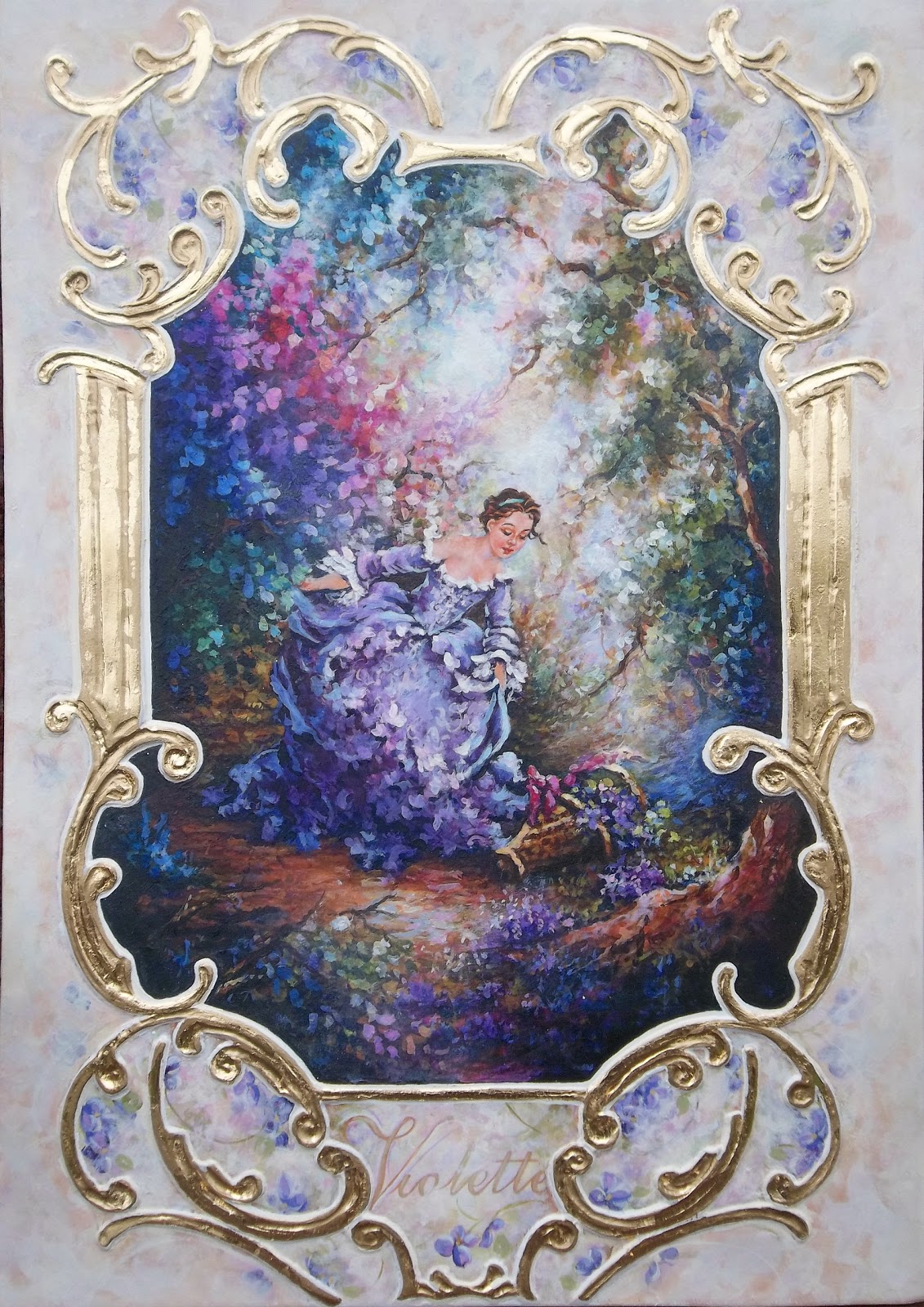


:max_bytes(150000):strip_icc()/rococo-Soubise-Paris-WC-crop-598f6e5ad088c00013863f43.jpg)















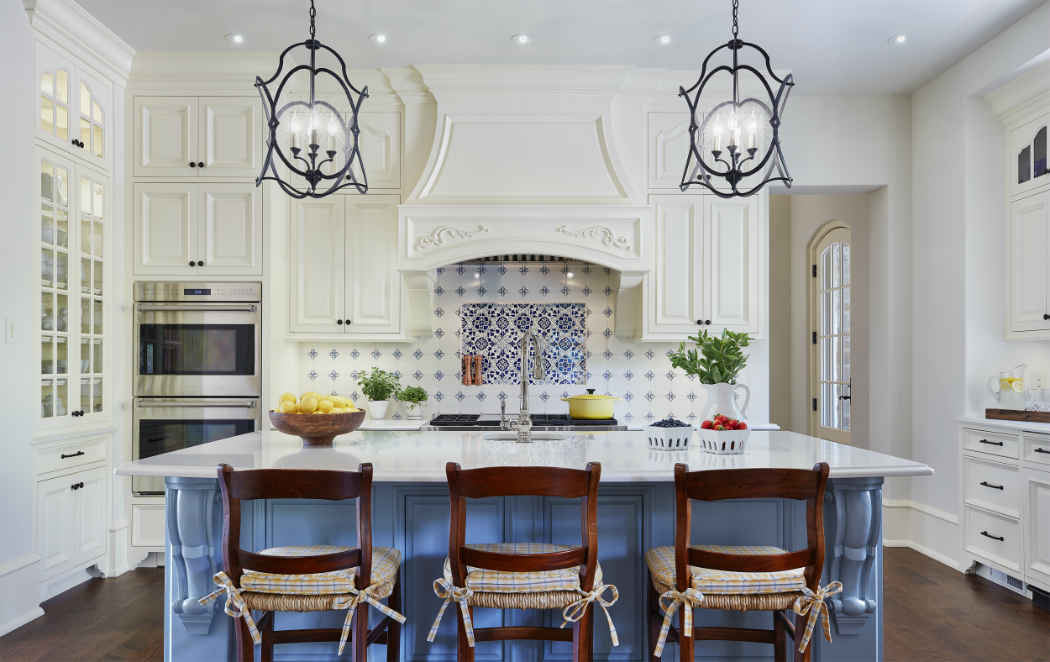




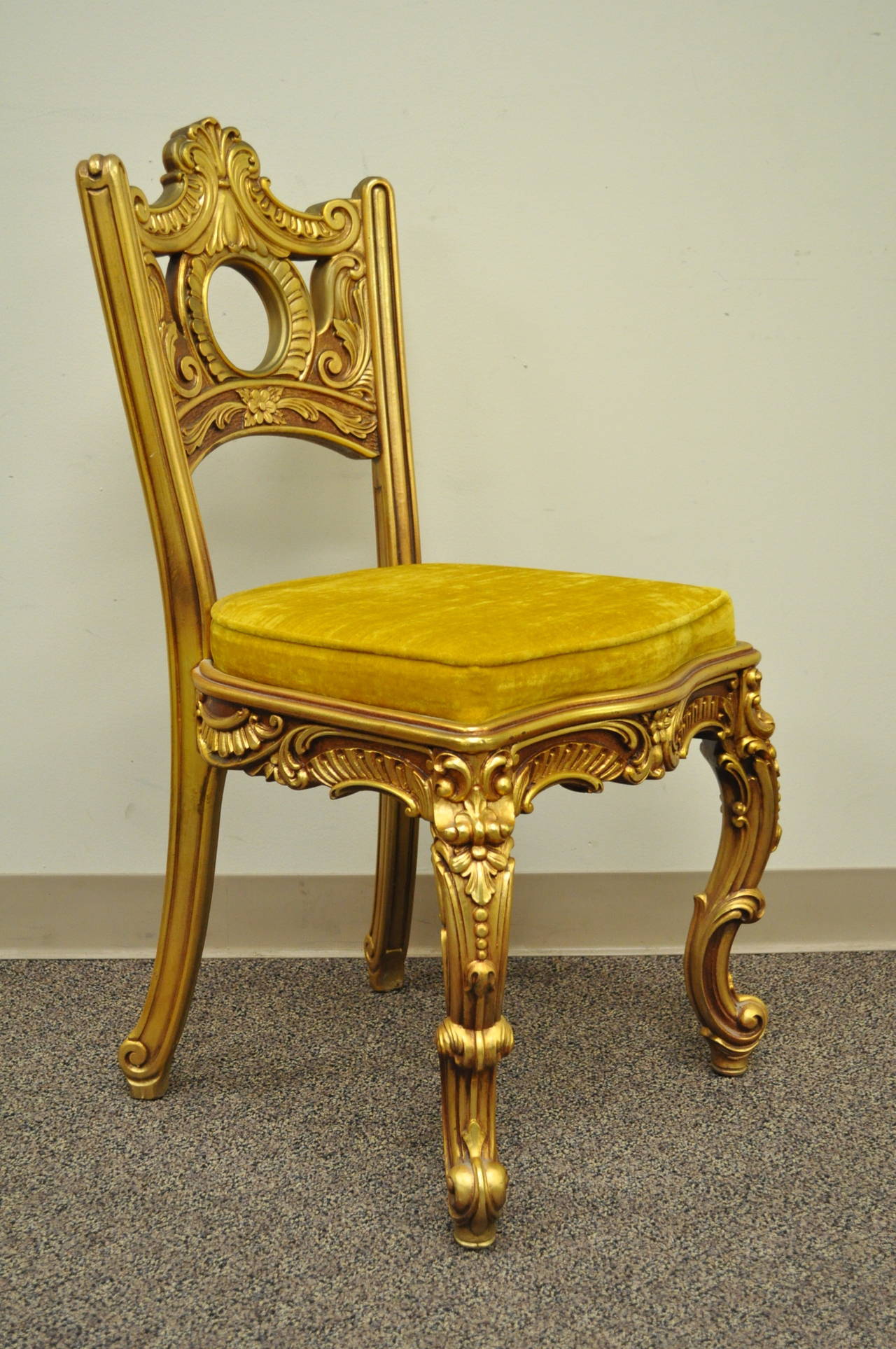

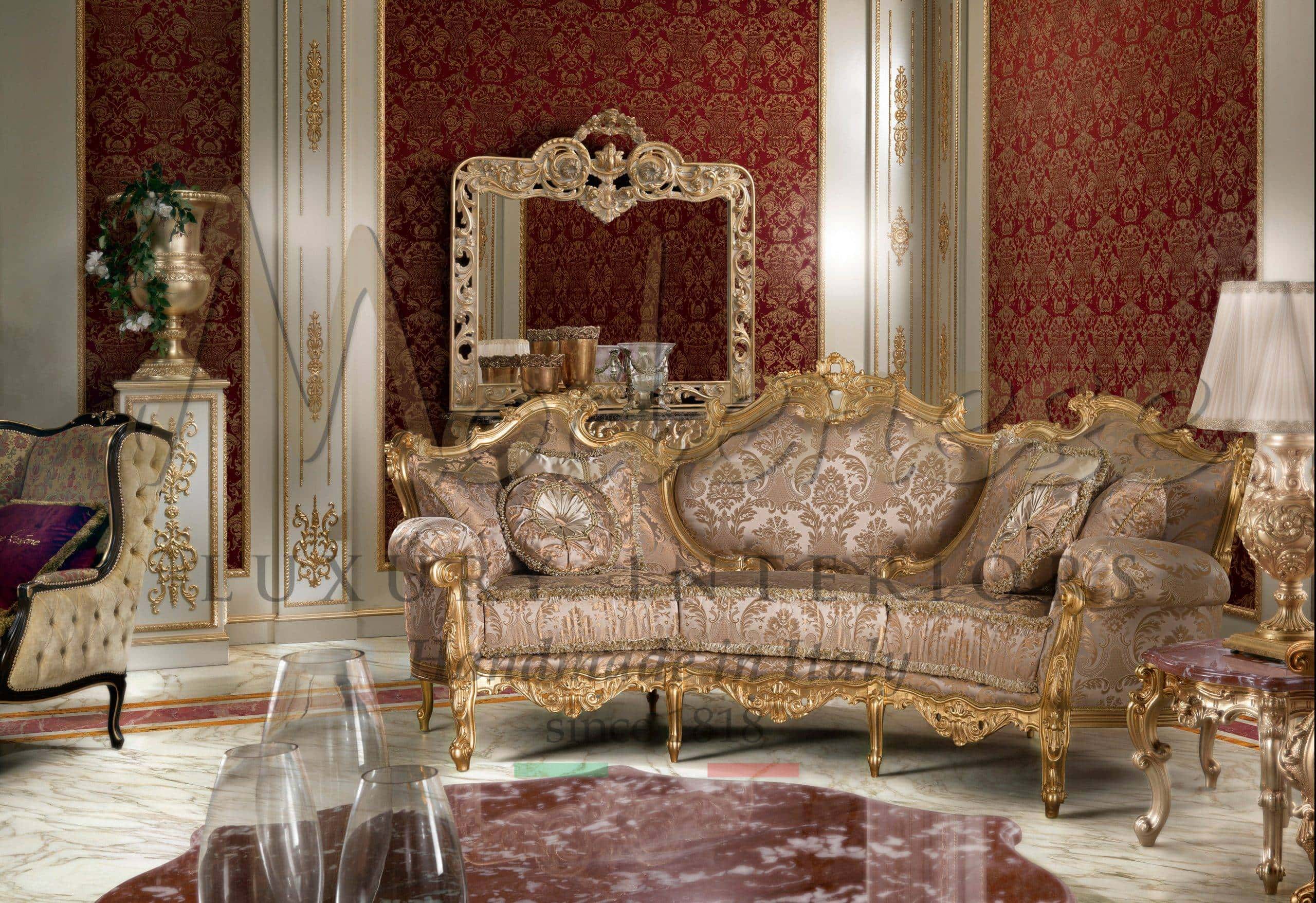



:max_bytes(150000):strip_icc()/GettyImages-133689096-93a6929da8bf434f8f2979daa52e2be3.jpg)




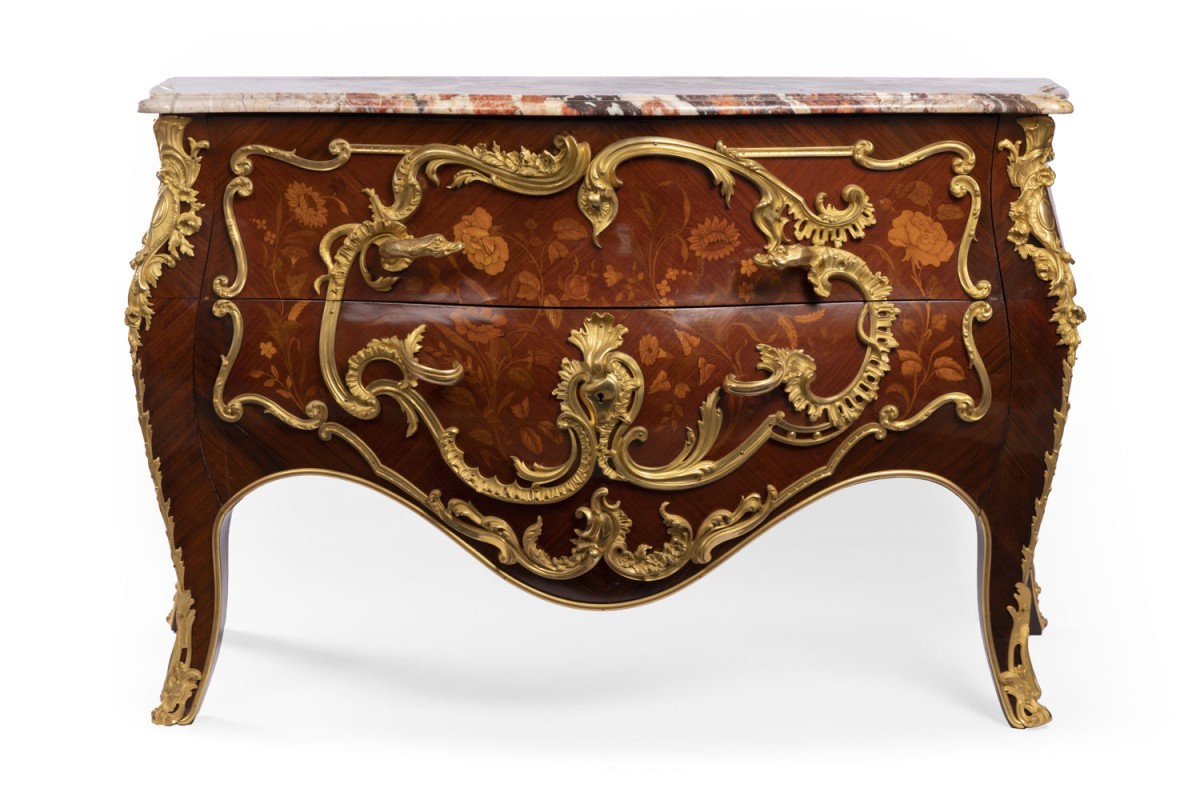





























:max_bytes(150000):strip_icc()/NYFW_makeup_recirc-b489c79ca4bf401489e09fdd344100df.jpg)























































